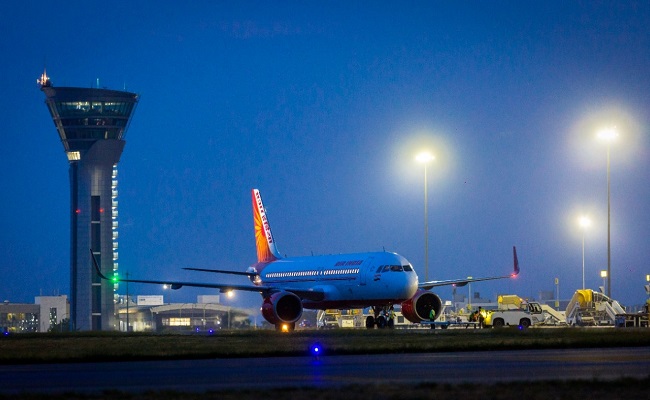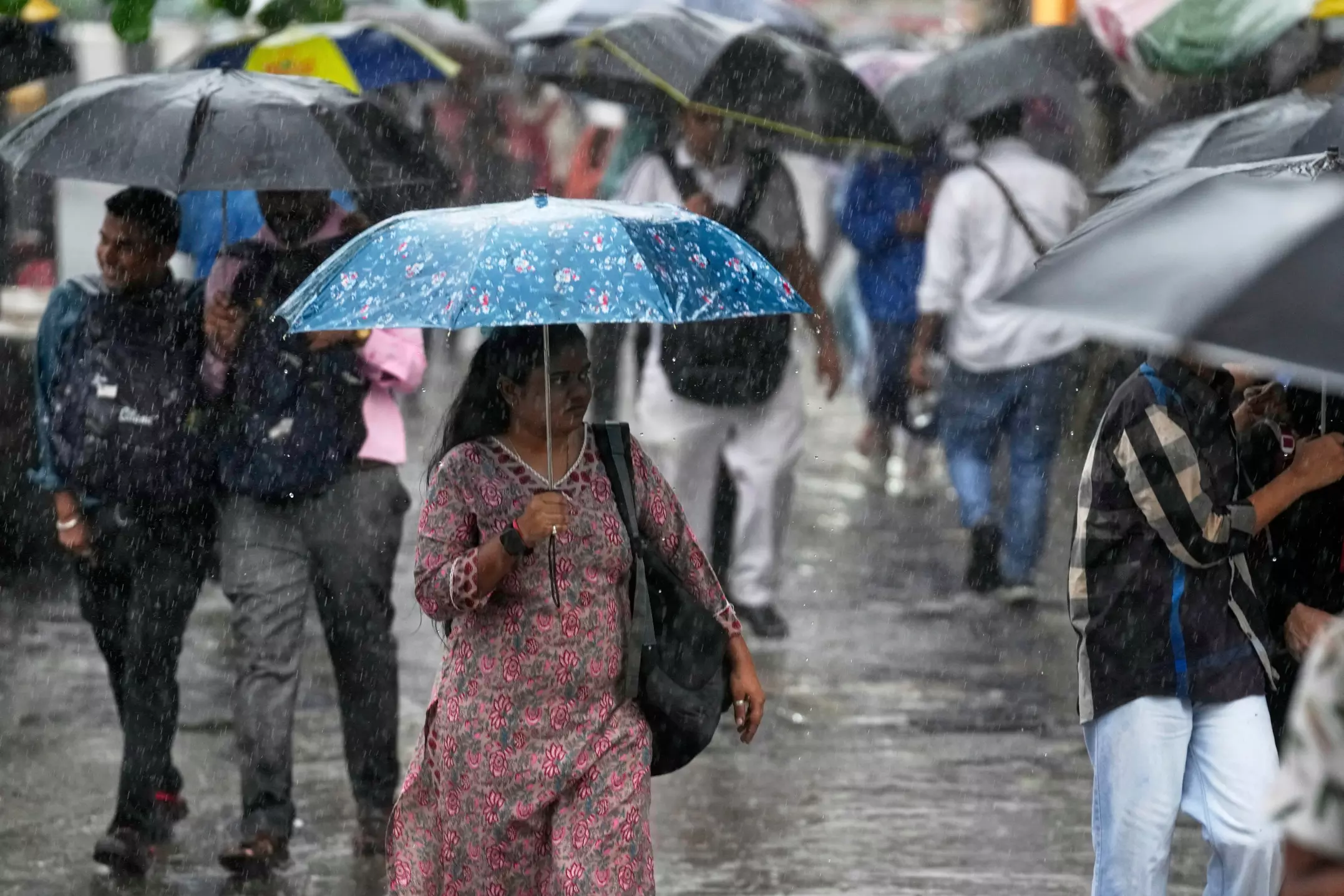
Over 1 million passengers travel between Hyderabad and the United States every year, with more than 25 flights operated by international carriers such as Lufthansa, Cathay Pacific, British Airways, Emirates, Etihad, Qatar Airways, flydubai, Kuwait Airways, and Air India. Yet, none of these are direct services.
Rajiv Gandhi International Airport (RGIA) currently offers no non-stop flights to the US, forcing travelers from the two Telugu-speaking states to connect via Mumbai, Delhi, or transit hubs in the Middle East and Europe. This results in long, exhausting travel times—particularly challenging for frequent flyers.
For example, a trip from Hyderabad to Dallas typically takes up to 24 hours, with layovers in cities like Dubai, Doha, Frankfurt, or London. In contrast, direct flights between India and the US generally take 12 to 18 hours, depending on the destination.
In January 2021, Air India launched a direct weekly flight between Hyderabad and Chicago, but the service was discontinued within a year. The flight had a duration of around 16 hours and 45 minutes.
The Toll of Layovers
“The Hyderabad–Chicago route remains one of the busiest international corridors, yet direct flights were halted without explanation. With no nonstop options from Hyderabad or even Bengaluru, most travelers are routed through Delhi,” said Abdul Majeed Faheem, Chairman of the Travel Agents Federation of India (Telangana and AP).
Layovers in Dubai, Doha, Abu Dhabi, Frankfurt, London Heathrow, and Mumbai have become the norm, even as demand for direct US-bound flights from Hyderabad continues to grow.
According to GMR Hyderabad International Airport Ltd, 8.5 lakh passengers flew between Hyderabad and the US in 2020. By 2024, that number had jumped to 10 lakh—a 30% increase over pre-COVID levels, making it the fastest-growing US-bound traffic among Indian metro airports.
Traffic is distributed across the East Coast, West Coast, and Central US, with around 75% of travelers heading to cities such as Dallas, New York, Newark, Chicago, San Francisco, Atlanta, Seattle, Boston, Los Angeles, and Washington DC.
The demand spans across business travelers, students, leisure flyers, and those visiting friends and relatives.
GMR Group attributes the absence of direct flights to temporary shortages of wide-body aircraft and geopolitical restrictions impacting international airspace.







